Nice title, Dad.
- Izzy
Before I get started, some European Union trivia questions:
- How many stars are on the E.U. flag?
- What do they represent?
- In what year was the flag introduced and adopted?
(Answers at the bottom)
We thoughtfully added Bruxelles to our European driving list as it contain several of the European Union offices, and we wanted the (entire) family to get a better understanding of this critical organization. Locals have told us to avoid Bruxelles and go to Bruges instead, but we kept it on the list because at this point we are more interested in learning something new, rather then seeing more old buildings! :) Plus, we eventually got to see plenty anyways (see below).
And with the E.U. Parliament elections last month, plus all of the turmoil with the E.U. between Ukraine and the U.S., Germany and Russia, etc.. we have been living the European political scene 'live and in real-time' these last 4-weeks.
We started the day at the European Parliament "Parlimentarium" museum and learned about the history of the E.U. and how the three (3) governing bodies work, and how each elects or appoints it's members. We even bought a few things in the gift shop! :)
Next it was off to "Mini Europe", an outdoor garden/park with 450 recreations of the most famous buildings and structures in the countries of the E.U. The placards gave some facts about population and year entering the E.U., etc., so it dovetailed nicely with the earlier lesson. And, we saw many building we have already visited, or will still yet see (Amsterdam, England and Scotland are the last stops).
The highlights we learned about the E.U.:
- The E.U was founded in 1951 with six charter country members. It was an offshoot of two other previous organizations: European Coal and Steel Community (ECSC) and the European Economic Community (EEC).
- It currently has 28 members, with the most notably missing being Switzerland and Norway. Switzerland is not joining (I believe) as to keep it's secret banking industry away from prying eyes of other countries. Norway...? Perhaps as it doesn't want to mix its culture with the movement of other immigrants in their 'pristine' society? Please, discuss...
- The E.U is made up of the European Commission, the Council of the European Union, the European Council, the Court of Justice of the European Union, the European Union Central Bank, the Court of Auditors, and European Parliament, which members are elected every five years by the EU citizens directly
- The main thrust of the E.U. is not just monetary unification, but much more importantly, standardization of trade practices, rules, taxation and laws
- The E.U. "Monetary Union" is a separate sub-set of countries that use the Euro dollar, and it has only 18 of the 28 members participating with the common currency and central bank
- With a combined population of over 500 million inhabitants (larger than the U.S.), or 7.3% of the world population, the E.U. in 2012 generated a nominal gross domestic product (GDP) of 16.584 trillion US dollars, constituting approximately 23% of global GDP. With lower-than-global-average birth rates however, these percentages are predicted to fall in the future
All-in-all, I am very glad we stopped and saw first-hand the what's, why's and how's of the E.U. I think even some of this information seeped in to the kid's (subconsciousness) heads. We quizzed them later in day (just to be an annoying parents!).
- Mike
Trivia Answers:
- There are 12 stars in the E.U. flag
- Their pattern represent the "unity" that a closed circle provides. The number 12 signifies nothing at all!
- The flag was introduced in 1955 by the Council of Europe. It was adopted in 1983 by the E.U. Parliament and in 1985 all E.U. members agreed that it would be their official symbol of membership and flown with their native flag
P.S. For the first time on our trip (which is about 90% complete), pictures disappeared off of our camera - so the 50-60 shots I took at the E.U. Parliamentarium were mysteriously erased (and we nothing to show for the morning tour). Or were they...? I think Putin's army of Russian cyber-criminals know that we like Obama and they were remotely erased...!
P.S.S. Bruxelles is a crazy mixture of culture being about 1/3 French, 1/3 Dutch and 1/3 German in it heritage, but right now, also about 1/3 African/Moroccan Muslims as well. We had some Belgium beer and their famous french "Mussels in Brussels"...who knew that was a thing? Maybe we'll get some chocolate or waffles on our way out of town.
Off to The Netherlands!
- Izzy
Before I get started, some European Union trivia questions:
- How many stars are on the E.U. flag?
- What do they represent?
- In what year was the flag introduced and adopted?
(Answers at the bottom)
We thoughtfully added Bruxelles to our European driving list as it contain several of the European Union offices, and we wanted the (entire) family to get a better understanding of this critical organization. Locals have told us to avoid Bruxelles and go to Bruges instead, but we kept it on the list because at this point we are more interested in learning something new, rather then seeing more old buildings! :) Plus, we eventually got to see plenty anyways (see below).
And with the E.U. Parliament elections last month, plus all of the turmoil with the E.U. between Ukraine and the U.S., Germany and Russia, etc.. we have been living the European political scene 'live and in real-time' these last 4-weeks.
We started the day at the European Parliament "Parlimentarium" museum and learned about the history of the E.U. and how the three (3) governing bodies work, and how each elects or appoints it's members. We even bought a few things in the gift shop! :)
Next it was off to "Mini Europe", an outdoor garden/park with 450 recreations of the most famous buildings and structures in the countries of the E.U. The placards gave some facts about population and year entering the E.U., etc., so it dovetailed nicely with the earlier lesson. And, we saw many building we have already visited, or will still yet see (Amsterdam, England and Scotland are the last stops).
The highlights we learned about the E.U.:
- The E.U was founded in 1951 with six charter country members. It was an offshoot of two other previous organizations: European Coal and Steel Community (ECSC) and the European Economic Community (EEC).
- It currently has 28 members, with the most notably missing being Switzerland and Norway. Switzerland is not joining (I believe) as to keep it's secret banking industry away from prying eyes of other countries. Norway...? Perhaps as it doesn't want to mix its culture with the movement of other immigrants in their 'pristine' society? Please, discuss...
- The E.U is made up of the European Commission, the Council of the European Union, the European Council, the Court of Justice of the European Union, the European Union Central Bank, the Court of Auditors, and European Parliament, which members are elected every five years by the EU citizens directly
- The main thrust of the E.U. is not just monetary unification, but much more importantly, standardization of trade practices, rules, taxation and laws
- The E.U. "Monetary Union" is a separate sub-set of countries that use the Euro dollar, and it has only 18 of the 28 members participating with the common currency and central bank
- With a combined population of over 500 million inhabitants (larger than the U.S.), or 7.3% of the world population, the E.U. in 2012 generated a nominal gross domestic product (GDP) of 16.584 trillion US dollars, constituting approximately 23% of global GDP. With lower-than-global-average birth rates however, these percentages are predicted to fall in the future
All-in-all, I am very glad we stopped and saw first-hand the what's, why's and how's of the E.U. I think even some of this information seeped in to the kid's (subconsciousness) heads. We quizzed them later in day (just to be an annoying parents!).
- Mike
Trivia Answers:
- There are 12 stars in the E.U. flag
- Their pattern represent the "unity" that a closed circle provides. The number 12 signifies nothing at all!
- The flag was introduced in 1955 by the Council of Europe. It was adopted in 1983 by the E.U. Parliament and in 1985 all E.U. members agreed that it would be their official symbol of membership and flown with their native flag
P.S. For the first time on our trip (which is about 90% complete), pictures disappeared off of our camera - so the 50-60 shots I took at the E.U. Parliamentarium were mysteriously erased (and we nothing to show for the morning tour). Or were they...? I think Putin's army of Russian cyber-criminals know that we like Obama and they were remotely erased...!
P.S.S. Bruxelles is a crazy mixture of culture being about 1/3 French, 1/3 Dutch and 1/3 German in it heritage, but right now, also about 1/3 African/Moroccan Muslims as well. We had some Belgium beer and their famous french "Mussels in Brussels"...who knew that was a thing? Maybe we'll get some chocolate or waffles on our way out of town.
Off to The Netherlands!
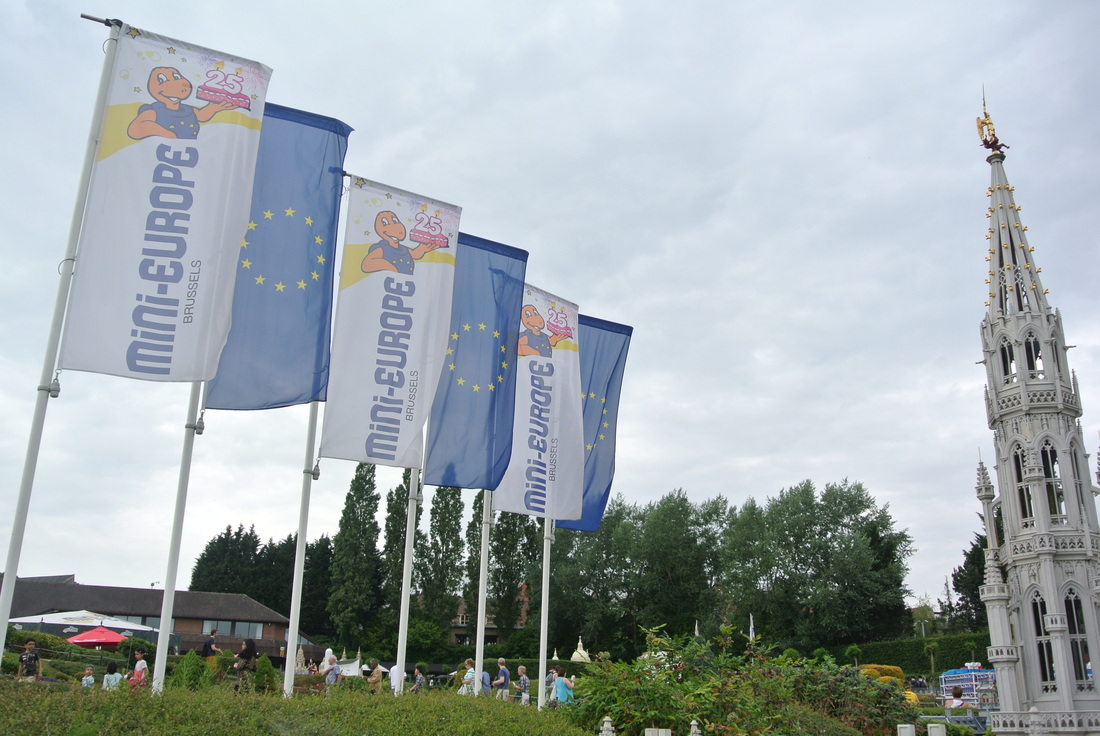


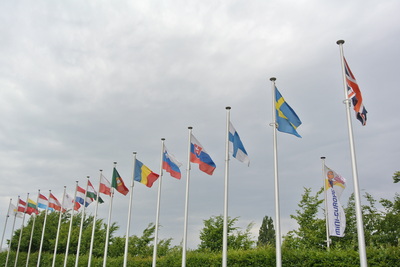
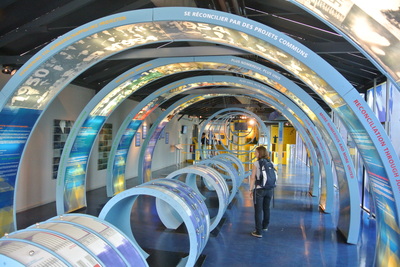
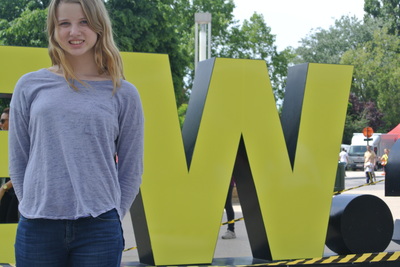
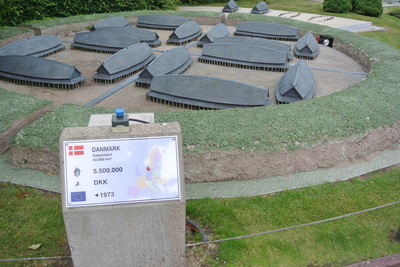
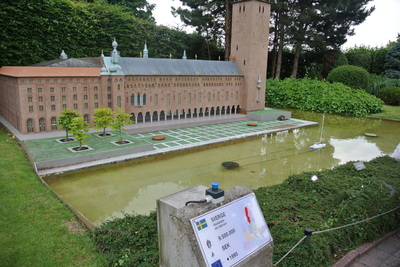

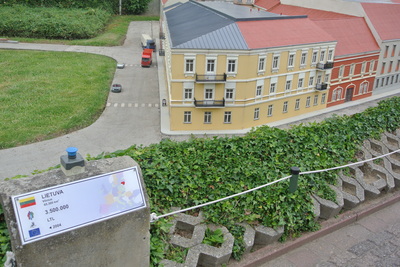

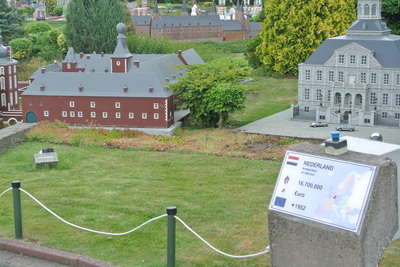
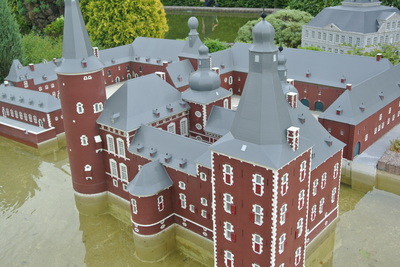

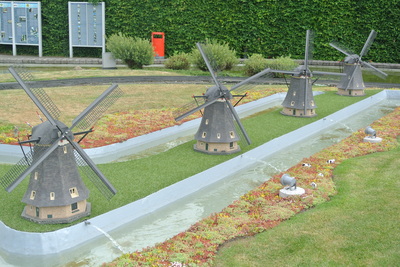
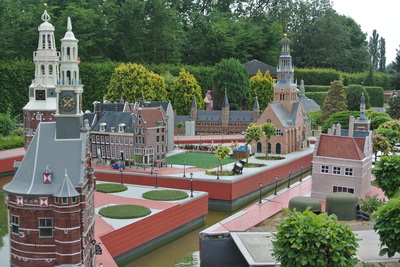

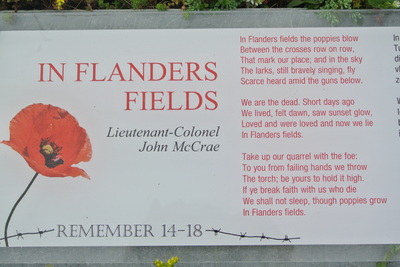

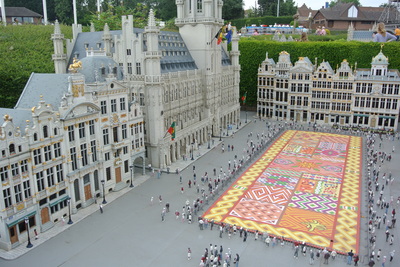
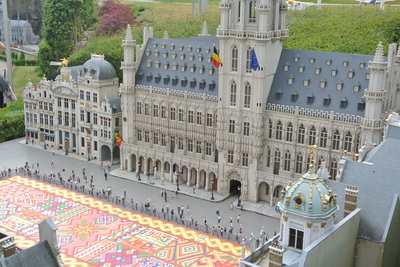
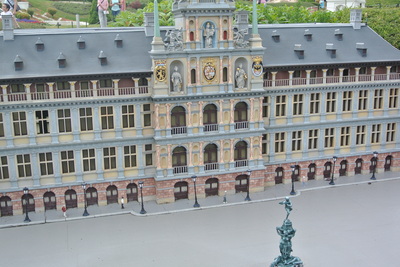
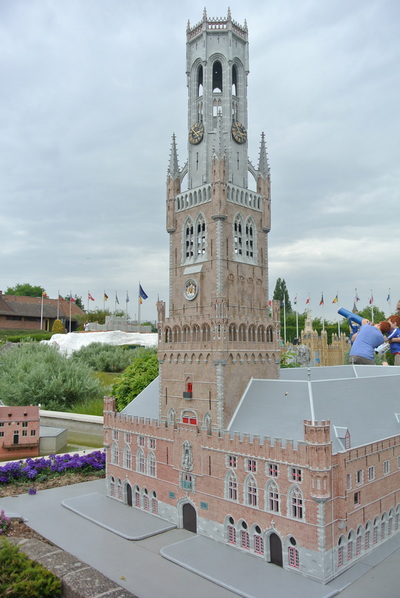


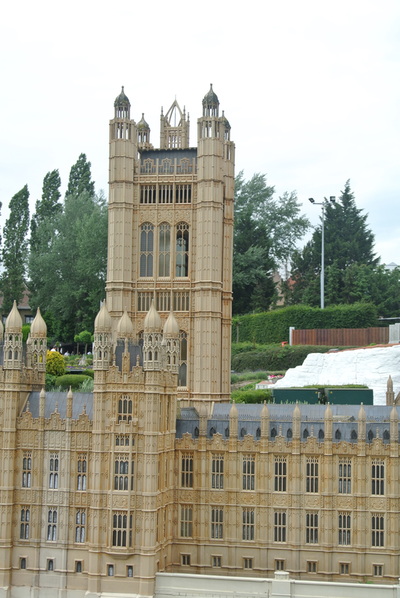
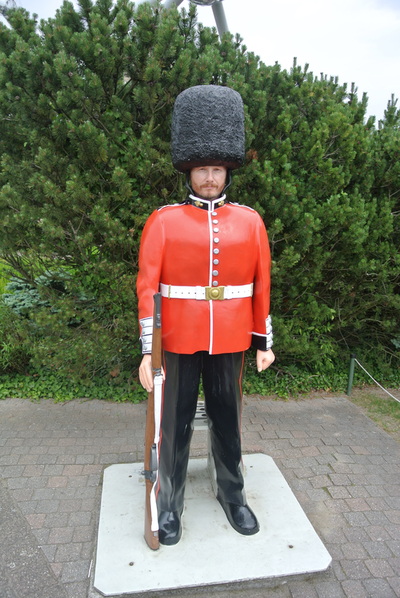
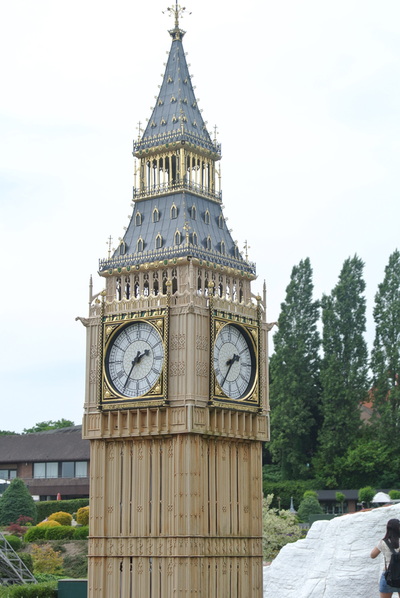
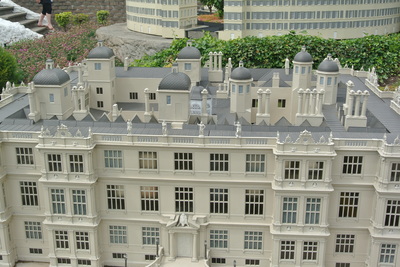
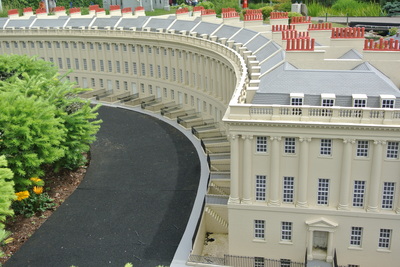

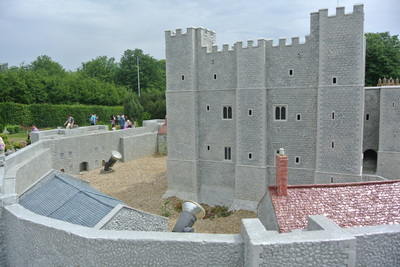
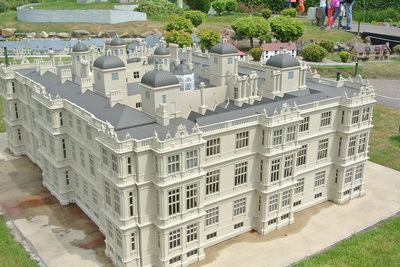




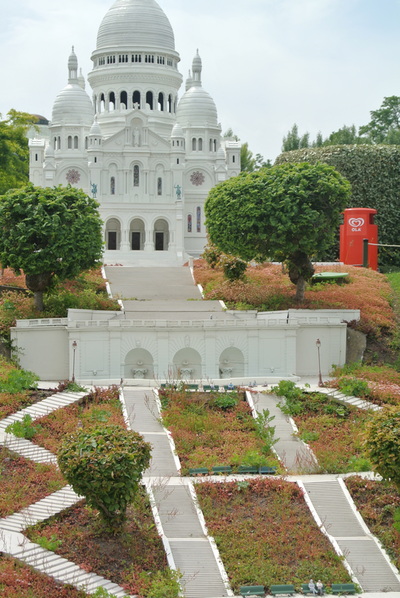
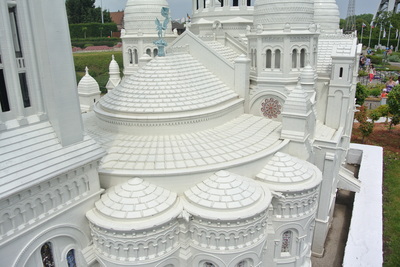
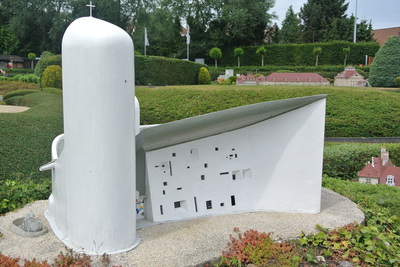


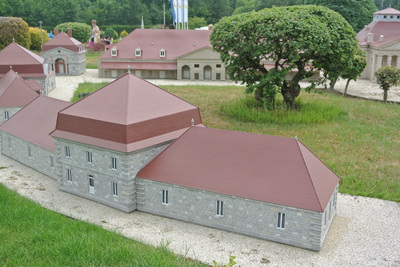
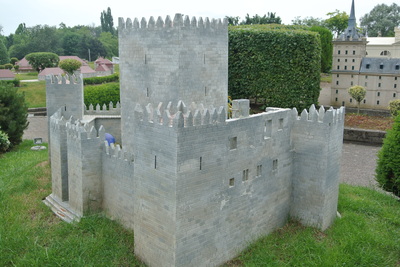
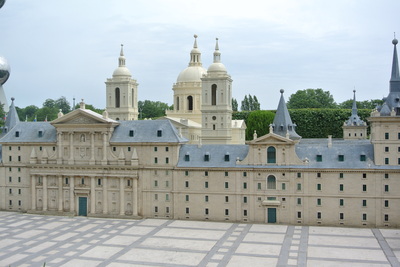
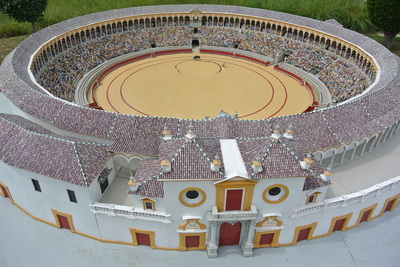
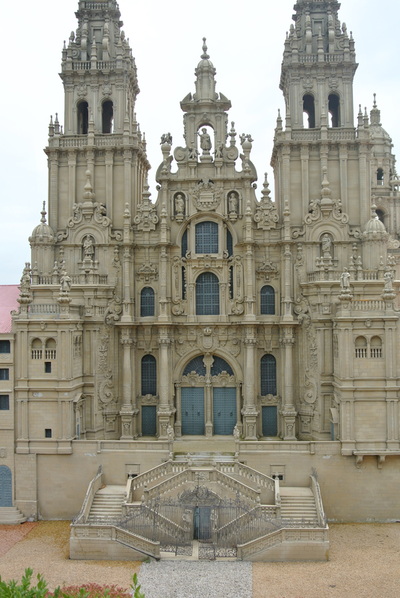


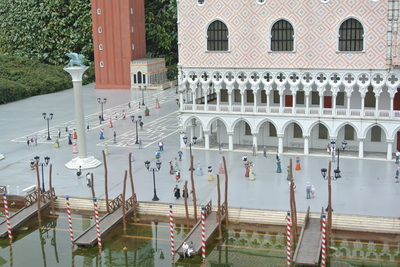
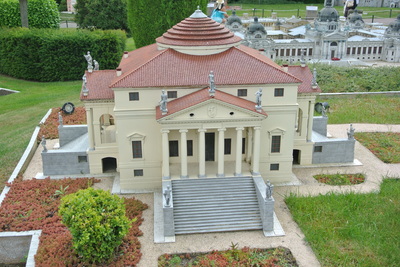
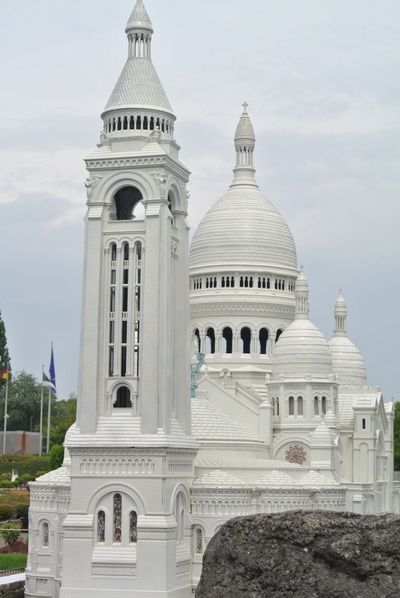



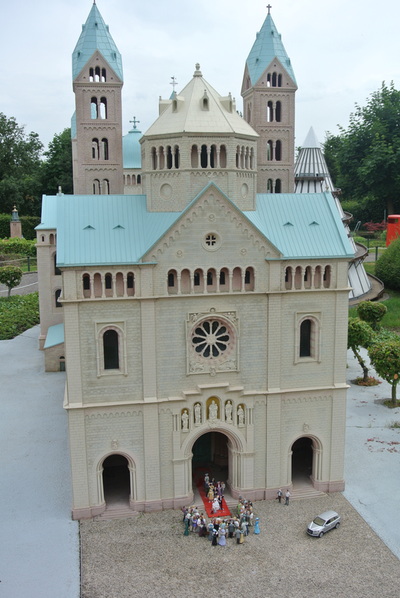
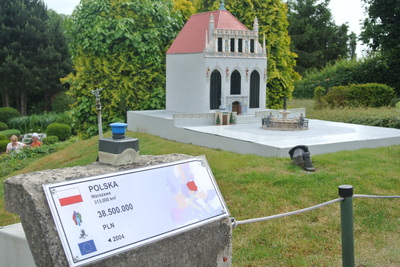
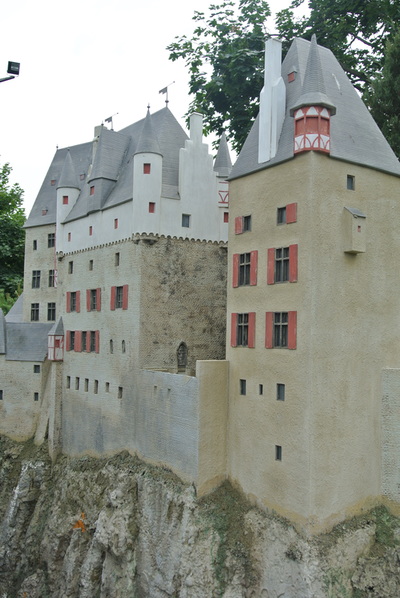
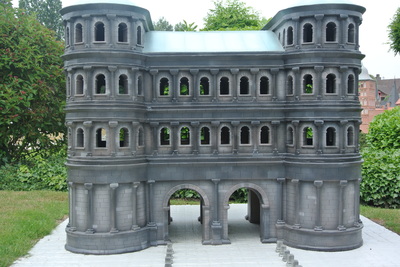


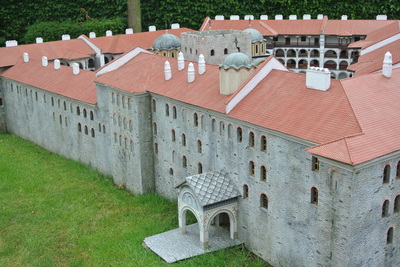


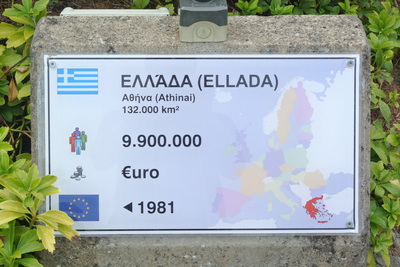


 RSS Feed
RSS Feed
